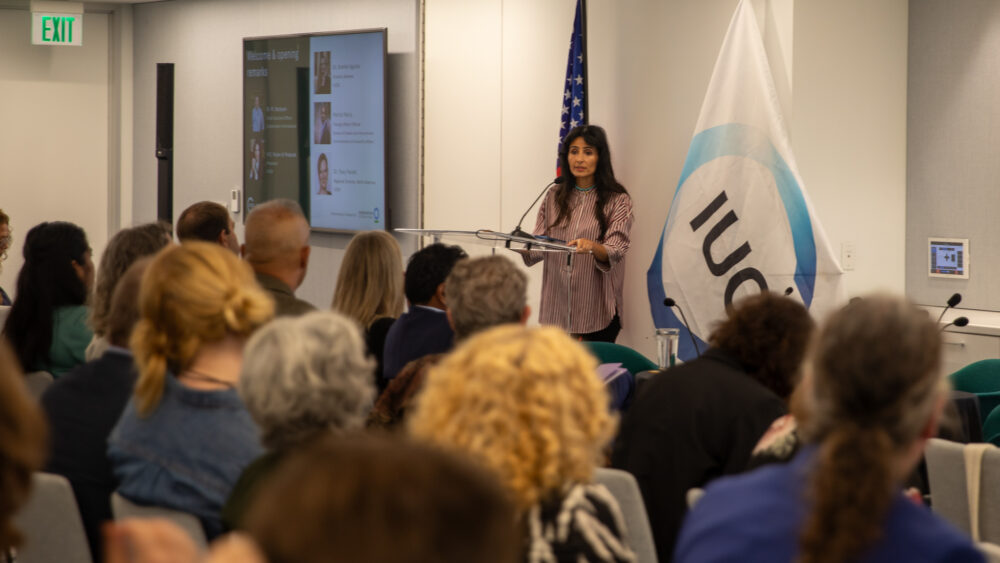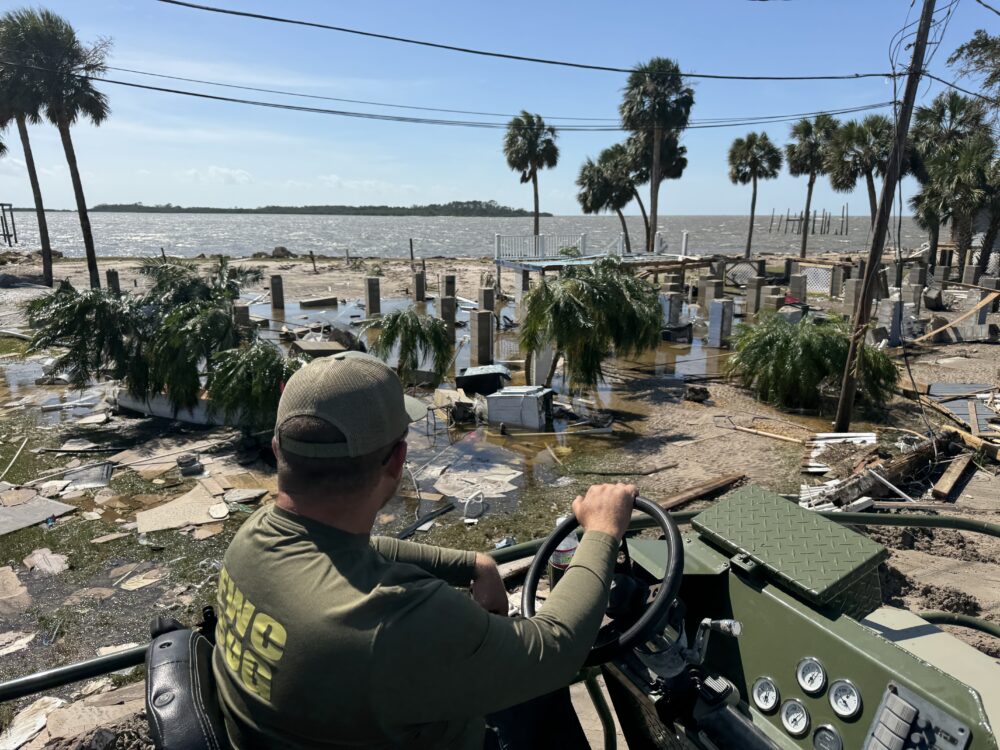We have much more to do and your continued support is needed now more than ever.
Bringing Back the Grizzly Bear to the North Cascades

It’s been a long road to recovery for the grizzly. These massive bears once roamed across much of western North America, from central New Mexico up to the Arctic Ocean, but due to habitat loss and over hunting, their population fell precipitously in the twentieth century. At one point, they occupied less than two percent of their historic range, but due to significant recovery efforts there are now populations in Idaho, Montana, Washington, and Wyoming. The U.S. Fish and Wildlife Service has recently opened a public comment period on the reintroduction of grizzlies to the North Cascades. See our instructions at the bottom of this page on how to make your voice heard.
The Importance of Grizzly Bears
Grizzly bears play an important ecological and cultural role in the North Cascades. In addition to their importance in regulating prey populations and dispersing seeds from fleshy fruit, they hold great significance in the cultural traditions of Native American communities in the North Cascades and First Nations communities in British Columbia.
Grizzly bears are omnivores; they eat a variety of plants and berries, insects, fish, small mammals, and carrion. As they eat and travel throughout their range, they spread seeds and nutrients, and as they dig for bulbs and other food in the ground, they help to aerate the soil. Their presence is also an important indicator of a healthy ecosystem, as the clean water and level of biodiversity necessary to support their needs also supports a variety of other wildlife.
Can you tell myth from fact? Test yourself with these grizzly bear myths:
Read the blog!
The U.S. Fish and Wildlife Service (USFWS) identified six recovery systems for grizzly bears across the contiguous 48 states, including the Greater Yellowstone Ecosystem, the Northern Continental Divide Ecosystem, the Cabinet-Yaak Ecosystem, the Selkirk Ecosystem, the North Cascades Ecosystem, and the Bitterroot Ecosystem. The Bitterroot and North Cascades Ecosystems have no known bears occupying the habitat, though some bears do reside on the British Columbia side of the Cascades.
The USFWS has recently opened a public comment period on reintroduction of grizzlies to the North Cascades, the latest effort in a decades long struggle to bring the bears back from the brink. The deadline to comment is October 24th, 2019.
Four Restoration Approaches
The USFWS and the Washington Department of Fish and Wildlife have been working on a multi-year planning process to bring grizzlies back to Washington’s North Cascades Ecosystem. The public largely supports reintroduction of this native species, as the bears are an integral part of healthy forest and mountain habitats in the Cascades, as well as an important part of regional Native American and First Nations’ cultures, dating back hundreds of years.
The North Cascades Grizzly Bear Recovery Zone will encompass the North Cascades National Park, plus several neighboring designated Wilderness Areas. The Recovery zone will eventually cover 9,800 square miles and will be a lifeline to these bears as they gradually recover from severely depleted populations across the West.
The USFWS has proposed four alternative approaches for grizzly bear restoration, ranging from a “No Action” approach to an “Expedited Restoration” approach, with varying degrees of government involvement in the reintroduction of grizzly bears from other regions to the North Cascades.
The National Wildlife Federation and our partners support the “Incremental Restoration” (Alternative C) option, which balances grizzly bear biology, important ecological factors in the proposed recovery zone, and the need for social acceptance of grizzly bears in recovery efforts.
Alternative C would move up to five grizzly bears per year into the North Cascades for five to seven years, or until a reproducing population of 25 bears is established. This alternative is expected to produce the goal population of 200 bears in 60-100 years.
Speak Up for Grizzly Bears
The public comment period on grizzly bear restoration in the North Cascades will remain open until October 24th, 2019. It is vital that we demonstrate our support for the recovery of this ecologically and culturally significant species. Please add you voice and speak up for grizzly recovery efforts in the North Cascades.
Send a message to the National Park Service in support of grizzly restoration in the North Cascades. Here’s the best way to make your message heard:
Step 1) Open the National Park Service webpage: CLICK HERE.
Take Action!
Step 2) Copy and paste this suggested message – (or write your own).
Dear USFWS Director Sheehan and NPS Deputy Director Smith,
I am writing to share my strong support for grizzly bear restoration in the North Cascades. Specifically, I support Alternative C: Incremental Restoration.
Alternative C strikes a sound balance to meet the mutual goals of grizzly bear restoration and the needs of the people who depend on the natural areas in the recovery zone.
These bears will not recover in the North Cascades on their own as the area is far too isolated from existing populations.
The public overwhelmingly supports reintroduction of this native species, as the bears are an integral part of healthy forest and mountain habitats in the Cascades. The grizzly is also an important part of regional Native American and First Nations’ cultures, dating back hundreds of years.





















